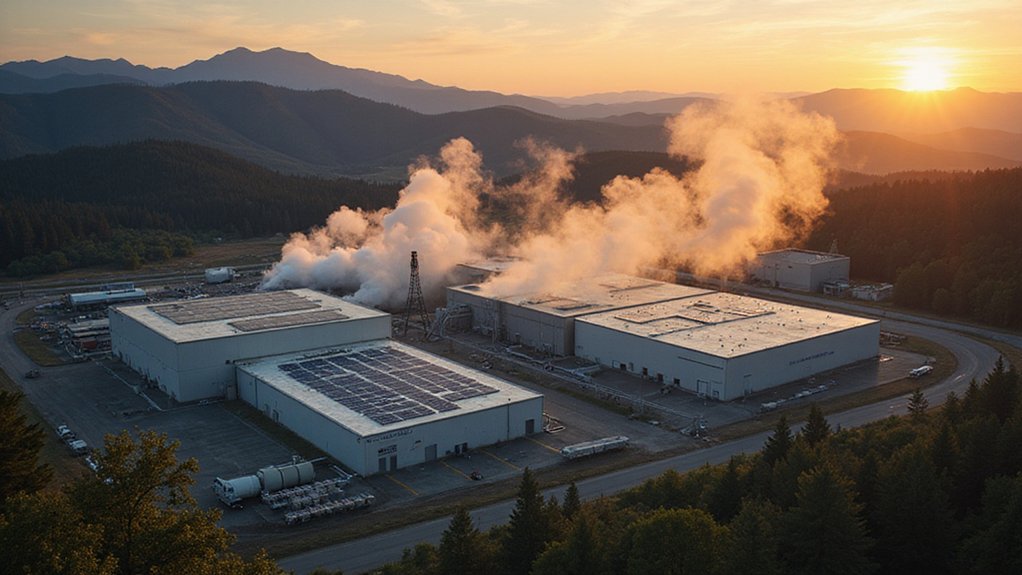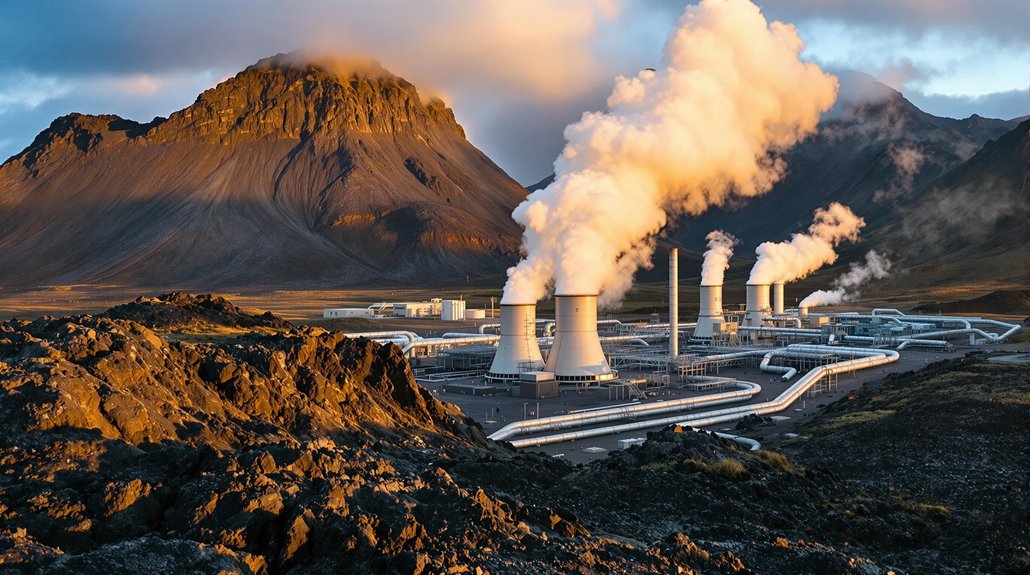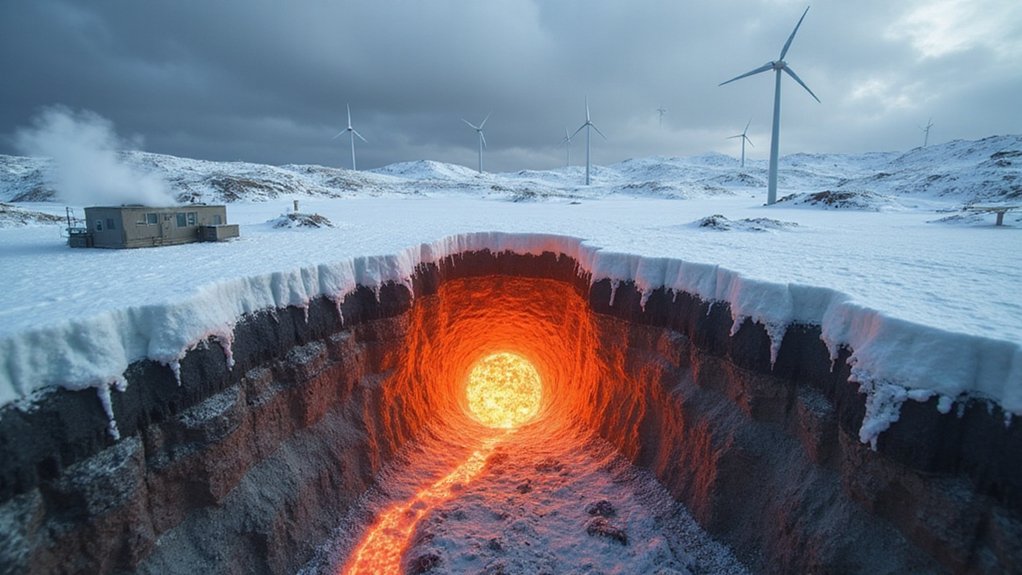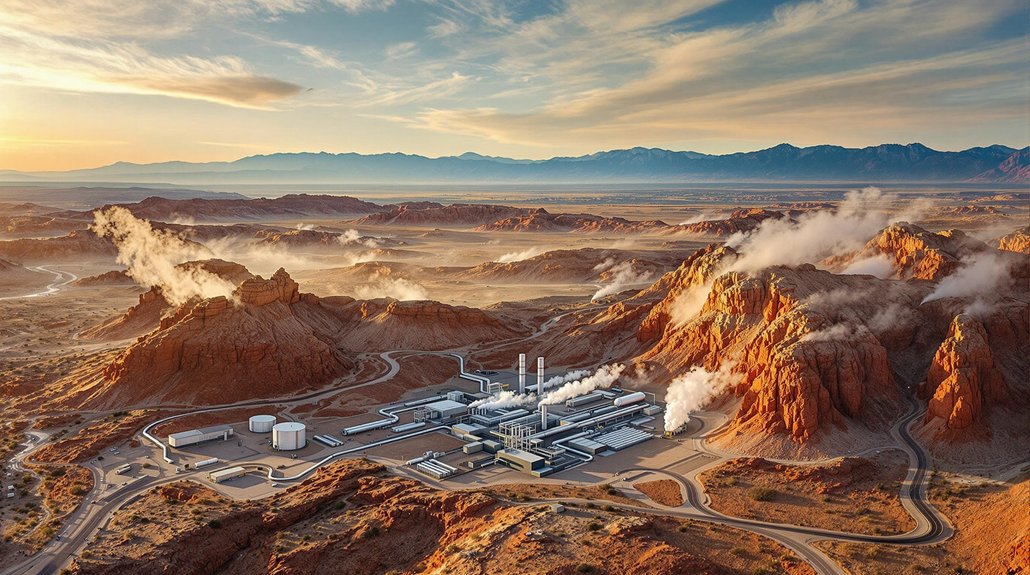While tech giants chase their AI dreams, they’re quietly becoming some of the planet’s biggest electricity hogs. Data centers will gulp down about 2% of global electricity in 2025 – that’s 536 TWh for those keeping score. By 2030? Try doubling that to 1,065 TWh. The US alone will account for 40% of this energy feast.
The culprit behind this power binge isn’t hard to spot. Generative AI is the unexpected guest that showed up to the party and decided to eat everything in the fridge. Nearly a third of tech leaders report they’re rapidly adopting AI, and these power-intensive systems need computational resources that would make a supercomputer blush. Training and inference for AI models? They’re growing faster than any other application out there.
Here’s where it gets interesting. Tech companies, despite being environmental villains in this story, are actually leading the charge in sustainable energy deals – 84% of all activity comes from them. They’re under the microscope for their environmental impact, and many are scrambling to hit carbon neutrality by 2030. Good luck with that. Their timing couldn’t be better, as solar power has become the fastest-growing and largest source of new electricity generation globally.
The reality is brutal. Data centers need power 24/7 with redundancy levels that would make a doomsday prepper jealous. One severe weather event can knock out cloud servers and leave millions without their precious cat videos. Tech giants need geographically diverse locations to keep things running when disaster strikes. This appetite for electricity comes at a time when global electricity demand is rising nearly twice as fast as overall energy demand, making the challenge even steeper.
So what’s the solution? Companies are getting creative. They’re exploring modular nuclear reactors, innovative cooling methods, and yes – geothermal energy. The same industry that created this mess might accidentally save geothermal from obscurity. Tech companies need reliable, carbon-free power, and geothermal delivers both without the intermittency issues of wind or solar. Geothermal’s impressive capacity factor of 96% makes it an attractive option for tech companies requiring consistent energy output regardless of weather conditions.
The irony isn’t lost on anyone. The industry sector already accounts for 33% of US energy consumption, and now AI is throwing gasoline on that fire. But their insatiable appetite for clean, reliable power might just give geothermal the boost it’s been waiting decades for. Sometimes the biggest problems create the most unexpected solutions.
References
- https://ember-energy.org/latest-insights/global-electricity-review-2025/
- https://www.iea.org/reports/global-energy-review-2025
- https://www2.deloitte.com/us/en/insights/industry/technology/technology-media-telecom-outlooks/technology-industry-outlook.html
- https://bcse.org/market-trends/2025-key-trends/
- https://www2.deloitte.com/us/en/insights/industry/technology/technology-media-and-telecom-predictions/2025/genai-power-consumption-creates-need-for-more-sustainable-data-centers.html








